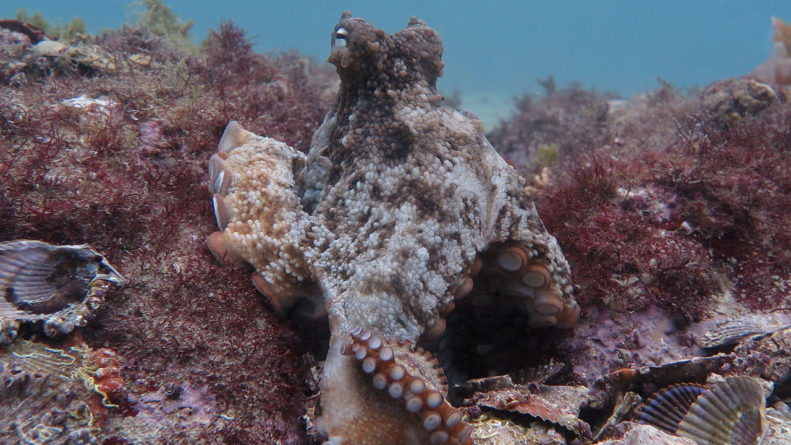Researchers have found exceptionally warm water under the surface of Doomsday glacier in Antarctica. It is one of the rapidly melting glaciers in the region. Meanwhile, scientists have also noticed the downturn of the Thwaites Glacier from the past ten years. Global warming is resulting in melting glaciers that are contributing to the rate of ice flow. Eventually, sea level is rising day by day. It is the first time they have found the existence of warm water at a crucial point under the glacier. News releases on the discovery are calling it an alarming situation. Even more, it has resulted in concerns that glacier collapse could result in sea level rise by up to three feet. Besides this, researchers have recorded a 2 °C temperature rise at the meeting point of the glacier and the sea.
Icefin, an undersea robot, has taken a ride under the surface of melting glacier. The journey has unveiled the strangely warm temperatures. A team of scientists from New York University has analyzed the primary data from Icefin. They have found warm water under the ground line of the glacier, where the glacier relies on the ocean bed. David Holland, the director of the NYU’s Environmental Fluid Dynamics Laboratory, has conducted the trial. He said it these warm waters cause Antarctica’s glacier melt it could result in transformations in sea level, particularly in more inhabited regions of the world.
According to the researchers, the melting of Thwaites Glacier could have a significant as well as global impact. They note it would discharge a mass of water similar to or around the size of Florida or Great Britain. On the other hand, the International Thwaites Glacier Collaboration states the quantity of ice discharging from the Thwaites and neighboring glaciers has almost doubled over the past three decades. Already, the ice dispensing from the Thwaites is liable for around 4% of ongoing worldwide sea-level rise. The researchers warn the number would considerably increase, in case the glacier dissolves. Also, the research recommends coastal flooding may affect around 300 million houses in the upcoming thirty years.

Carolyn is a technology graduate and loves to write about anything related to technology as well as writes in others sectors. Carolyn is a professional writer with over 7 years of experience. Initially starting off as a programmer, Carolyn decided to combine her knowledge about technology and writing and that’s how she joined Reporter Expert.



